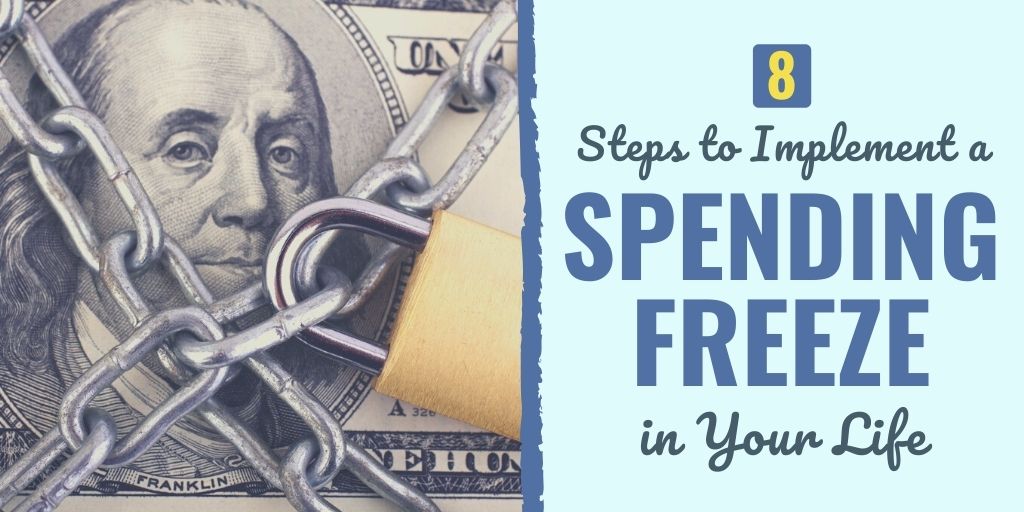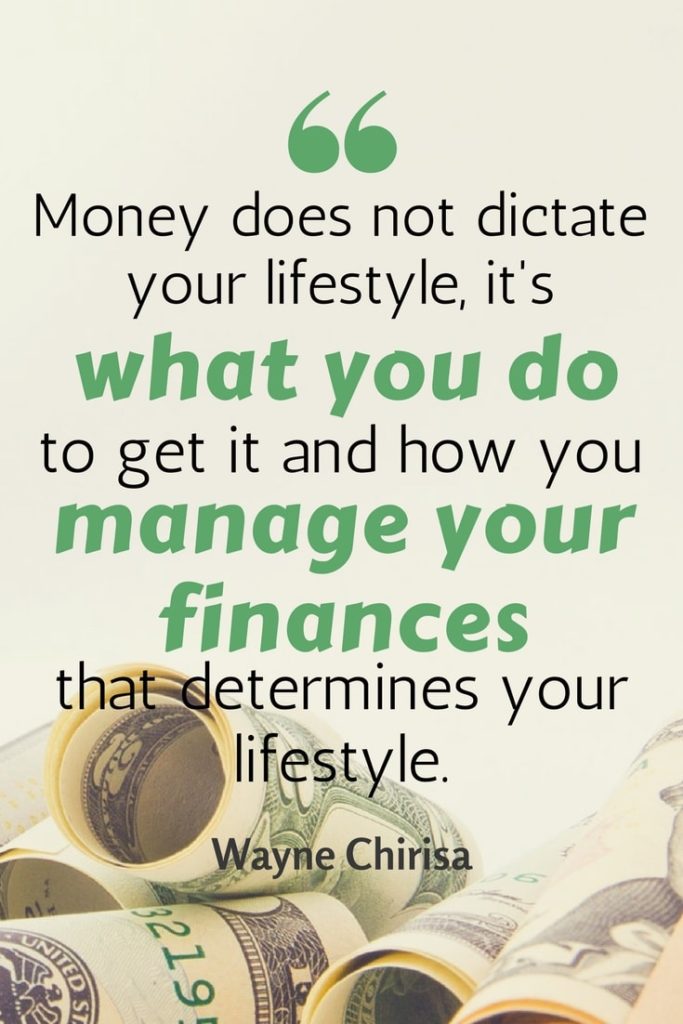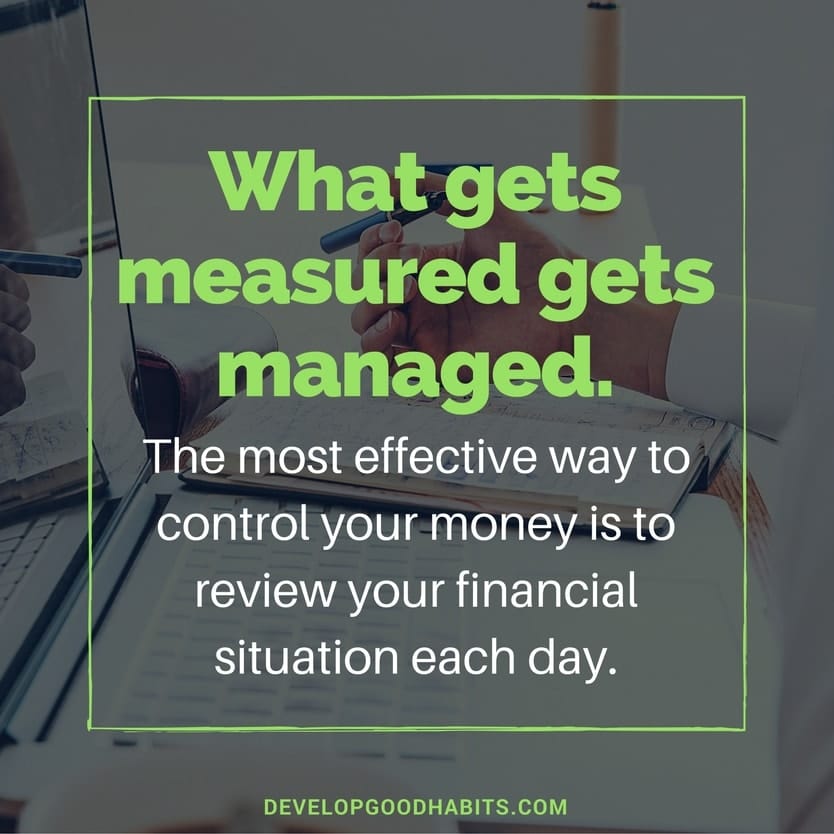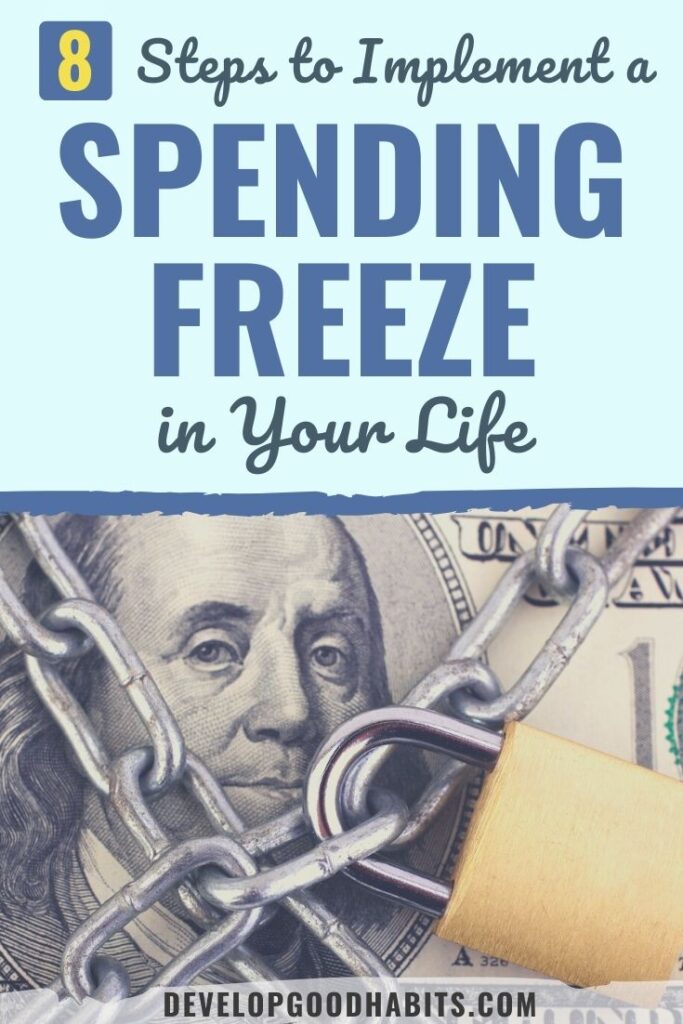There might be affiliate links on this page, which means we get a small commission of anything you buy. As an Amazon Associate we earn from qualifying purchases. Please do your own research before making any online purchase.
I’m willing to bet that last time you went to Target or Walmart, you left with more items than you planned on purchasing.
Let’s admit it, we like things. We often turn to impulse buying to get this rush of dopamine that makes us feel good. That’s a symptom of living in a society of instant gratification, where you can have anything delivered to your home the next day by simply telling your Alexa device to order it.
You also may be experiencing a concept that’s called lifestyle creep. The video below talks about why lifestyle creep happens, a few lifestyle creep examples, and the simple habits to avoid the temptation of this mindset.
We face temptations to spend excess money every day. But where does that put us in the long run when it comes to our debt and financial goals?
By implementing a spending freeze, you can save a significant amount of money in a short period of time.
The amount of money you can save will depend on your current spending habits, but it will certainly be significantly more than you’re saving right now–and more than likely, it will be a lot more than you imagine.
In this article, we are going to talk about what a spending freeze is and why you should implement one. Then we will review some action steps that you can take to successfully do your own spending freeze.
First, let’s look at what this process entails.
What Is a Spending Freeze?
A spending freeze is a predetermined amount of time that you dedicate to not spending any money that isn’t completely necessary.
During this time, you commit yourself to only spending money on your bills, food, and medical expenses. You will come out on the other side of your spending freeze with a better understanding of how much money you needlessly spend every week.
Your spending freeze can last one week, 10 days, two weeks–it’s really up to you and depends on what your saving goals are. But for however much time you choose, you must be deliberate about not spending money on anything that isn’t a need.
This can require getting creative. What are you supposed to do when your best friend asks you to grab dinner and you haven’t seen each other in weeks? Or what if an appliance breaks at home? It may be time to get on YouTube to watch some tutorials on how to fix things yourself.
Working around circumstances such as these will help you be more mindful of (and more grateful for) your money. Also, the creative solutions that you’re able to come up with during your spending freeze will continue to help you be more frugal for years to follow.
Freezing your spending is all about figuring out how to appreciate and make do with the things that you already have. Doing so can transform your spending habits, as you may find that your spending becomes reduced for several months after your freeze is over.
Your spending freeze will likely shed light on your small, pricey habits that have become routine without you even noticing.
Doing a spending freeze will help you in multiple ways, but it will mainly help you eliminate future excess spending and it will show you how much money you spend on frivolous items that end up being wasted.
But, to make your spending freeze exceptionally motivating to you, you have to determine why implementing a spending freeze will be beneficial to you right now.
Why Should You Implement a Spending Freeze?
Implementing a spending freeze is no easy task, so why would you want to put yourself through it? It can get boring staying home–and who wants to cook for themselves for every meal?
To get past these hurdles, you have to figure out what your personal “why” is for wanting to save money. This reason will then serve as motivation during your spending freeze to stay on track.
Maybe you’re trying to pay down your highest debt to be able to save money each month to buy a new car— or maybe you want to start saving for an early retirement because you have dreams of retiring on the beach and leaving work behind.
No matter what your personal reason is, keep it in mind so you can keep your momentum up if you start to struggle.
Spending Freeze Rules
Your spending freeze will be personal to you in terms of how long you plan on implementing it and what kind of purchases may be referred to as needs instead of wants. But here are some general rules to keep in mind:
Now let’s look at some steps to take to be successful in implementing your spending freeze.
8 Steps to Implement a Spending Freeze in Your Life
1. Prepare Yourself
When talking about refraining from spending money on anything aside from the basics, you have to decide what that means to you. While it certainly means you will be making do with the clothes that are currently in your closet, you can decide if you’re allowed to grab some milk if you run out.
However, if you’re someone who knows that you will leave the grocery store with your arms full of bags of things that you decided that you “needed”, it may be best to set this limit ahead of time.
Before starting your spending freeze, check out what’s in your pantry, but also what’s on your schedule. For example, if you’re planning a spending freeze for the same week that you’re going out of town on a trip with friends, you’re setting yourself up to fail.
2. Determine a Reasonable Time Frame
If this is your first spending freeze, you will probably want to limit yourself to a week to get a feel for it.
You may then work your way up to two weeks. Some people do spending freezes for an entire month, but this can get difficult, which may turn you off from doing them altogether.
3. Find Some Creative Entertainment
Aside from researching free things to do in your city, look at the movies your local library has to offer that you can check out for free and get reacquainted with your old favorite board games. There is also a lot of free entertainment that you can find online.
Or take this opportunity to get outside with your kids and get some exercise or play sports–a lot of the things that you can do for free are also things that will help you improve your physical health.
4. Challenge Your Thoughts
This can be hard, but question yourself about every penny you have to spend during your spending freeze–then track your decisions.
Writing down the things you spend money on and the things you convince yourself to not spend money on will give you a clear idea of where you’re wasting money.
All of this money that you talked yourself out of spending can then be used to help you reach your ultimate financial goal.
5. Set Up a Place for This Extra Money
For any money that you talk yourself out of spending, transfer it to a new bank account that’s not so easy to reach (like a savings account that doesn’t have a debit or credit card attached to it).
This way, it will feel like you already spent the money, but you will actually be building up your savings.
6. Make Sure You’re Holding Yourself Accountable
Find a friend or family member (who lives outside of the home) to help hold you accountable.
If other people know that you’re doing a spending freeze, you will be more likely to stick to it because you’ll know that you have someone that you’ll have to answer to.
Have this person check in with you on a regular basis to make sure that you’re staying on track. Another option is to have a friend implement a spending freeze with you so you can hold each other accountable (and keep each other company).
7. Eat Through Your Pantry
We all love a hand-picked meal made by somebody else, so keeping yourself from going to restaurants can be one of the hardest parts of a money freeze. One thing you can try is to plan your meals for the week so you eat up everything in your pantry and freezer.
I’m sure you’ve got some items in your pantry and leftovers in your freezer that you have no plans to really every use, especially if you’re not one to create meal plans each week.
Find a few ways you can throw together that frozen chicken along with the can of beans and spices in the back of your cabinet. You may end up creating something new to eat that your family really enjoys.

8. Learn From Your Experience
Your spending freeze can work as a short term fix if you need money fast, or it can offer you long-term insight into your spending habits and a chance to look at your income in a different way.
If you continue some of your new spending freeze habits after the freeze is over, you could free up a lot of your income each month.
Let’s take the classic example of spending money on coffee on your way to work. It’s been reported that millenials spend about $2,008 on coffee every year.
It’s pretty clear that people could save a huge amount of money by simply making their own coffee at home. If you find that you have daily or weekly expenses such as this, consider ways to work around them in the future.
Final Thoughts on Spending Freeze
Hopefully you feel inspired to implement a spending freeze and you’re confident that you will be able to do it successfully.
Once your freeze is over, do some reflection on what worked and what you could improve in the future. You may find that there are some things that you will want to do differently next time.
Regardless, your spending freeze will make you more mindful of your spending habits and increase your sense of gratitude for the money that you make.
Implementing a spending freeze will help open your eyes to the things that are really important in life. When you stop spending money on “things”, you’re able to focus your spending in ways that will significantly benefit your life in the future.
Finally, if you feel that your budgeting could use a little help, check out these articles:
- 19 Free Goal Setting & Tracking Printables
- 22 Free Budget Printables to Track Your Family's Expenses
- 11 Free Printable Expense Trackers to Monitor Your Daily Expenses

Connie Stemmle is a professional editor, freelance writer and ghostwriter. She holds a BS in Marketing and a Master’s Degree in Social Work. When she is not writing, Connie is either spending time with her 4-year-old daughter, running, or making efforts in her community to promote social justice.




